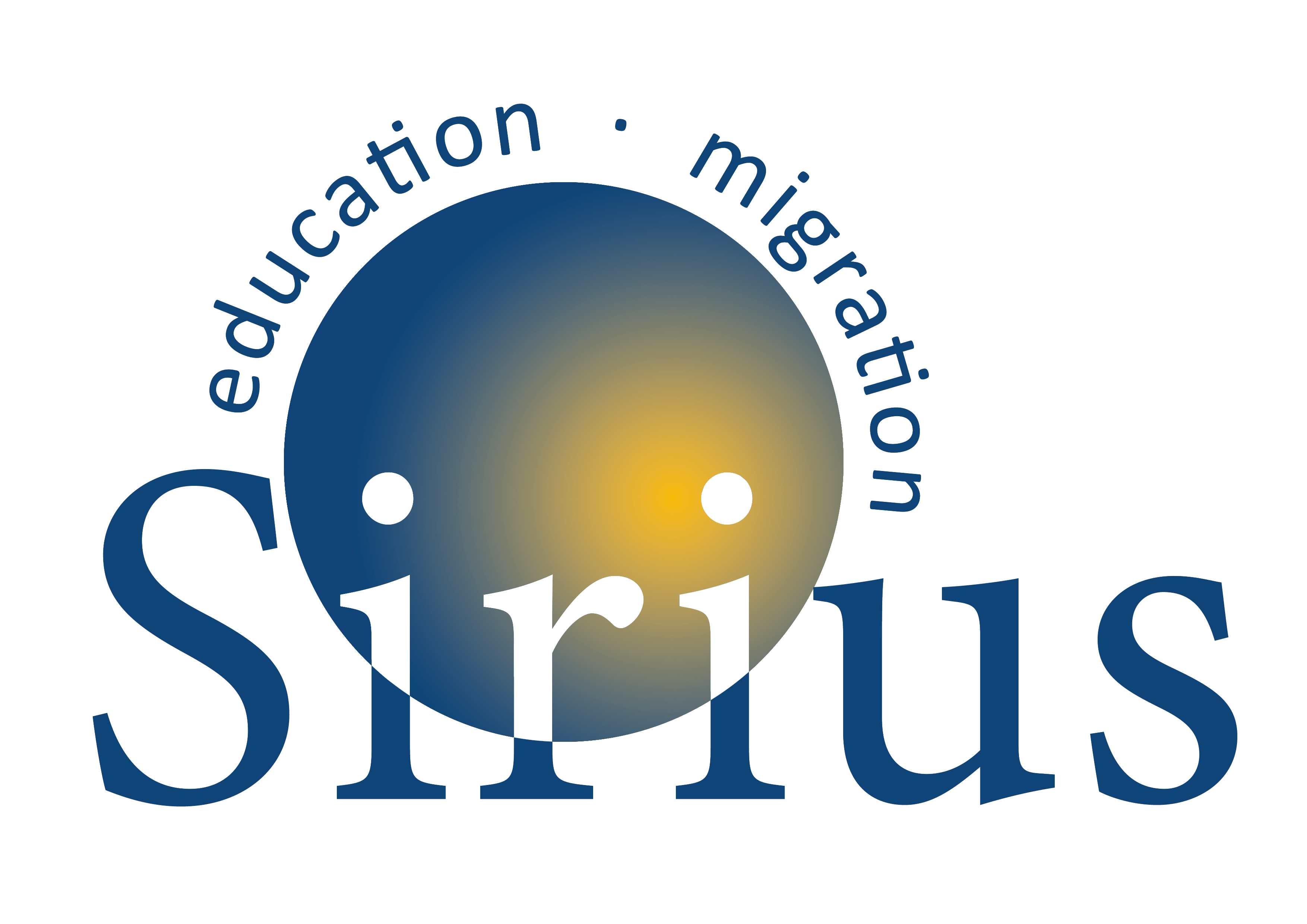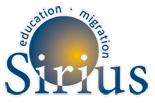Country brief
Country name: Poland
Please estimate the number of children in school (age 3-19) in your country:
2019/2020 school year:
Children in pre-school education (age 3-6): 1 401 026
Children in primary, lower and upper secondary schools (age 6/7-18/19): 4 891 056
Source: Statistics Poland (2020), Education in the 2019/2020 school year, Gdańsk 2020
https://stat.gov.pl/obszary-tematyczne/edukacja/
Please estimate the number of school drop-outs in your country in the school year 2019/2020:
Data not available
Please estimate the average number of school drop-outs per year in the 5 school years previous to school year 2019/2020?
Early leavers from education and training (the share of the population aged 18 to 24 with at most lower secondary education who were not involved in any education or training during the four weeks preceding the survey) – the share in recent years is around 5% (5.2% in 2019, 4.8% in 2018, 5% in 2017, 5.2% in 2016 and 5.3% in 2015).
Did National exams or evaluation methods take place in academic year 2019/2020? And if so, for which levels?
All
If national exams or evaluation methods did not take place, what is the replacement solution?
N/A
If schools resumed before the summer of 2020, were any particular year groups or other groups identified to have more contact, if so which?
Quite quickly after first COVID cases in March 2020 public and non-public schools and kindergartens were closed. During the first two weeks no educational activities were conducted. Starting from March 25th 2020 distance education was introduced which continued till the end of the school year. The were only certain exceptions:
- From 6th of May the kindergartens resumed their work – however not in full capacity. For safety reasons organisational and hygienic guidelines were introduced, which among others limited the number of children per group. Parents involved in combating pandemic and parents without opportunity to combine work and care over children had preference in sending back their children to kindergardens.
- For students of grades 1-3 of primary schools starting from May 25th schools provided care and some form of activities, individual consultations with teachers were also available from June 1st, however education took place in distance form.
Changes in the external examinations were also introduced. The examination after the 8th grade of primary school was postponed from April to June, the Matura exam was postponed from May to June and oral part of the exam was cancelled. Some vocational examinations were also postponed till August.
When school resumed in the Autumn of 2020, were any particular year groups or other groups identified to have more contact, if so which?
In September 2020 schools on all levels resumed their usual work. Due to the co-called second wave of COVID-19 they switched to distance learning again starting from October 26th, with the exception of grades 1-3 of primary schools and kindergartens. Grades 1-3 of primary schools were closed starting from November 9th, kindergartens continued their work till closure in March 2021.
Decision about the form of learning was left to the discretion of principals of special schools. Furthermore school principals could decide to organize classes in school premises for groups of students who don’t have proper study conditions at home, as well as students who need special provisions e.g. SEN students. Some schools were organizing such classes for example for migrant students (e.g. extra Polish language classes). Special consultations for groups of students in last grades could be also organized in schools.
Access to education
What were the primary modes of learning implemented during the Covid-19 School closures?
- Online
- Pick-up/Send paper materials
- TV
Were the above measures put into place at a policy (national or regional level) or by schools and teachers?
- Policy (national or regional) level
- By schools and teachers
Please estimate Number or percentage of children in school (age 3-19) with access to:
- high-speed internet
- basic internet –
- TV –
- Radio –
- Computer, tablet or smart phone they could use during the day –
According to Statistics Poland data in 2020 99.5% of households with children had access to the internet. 99.1% of households with children had broadband access to the Internet.
Source: Statistics Poland (2020), Information society in Poland in, Szczecin 2020
What translation/interpretation resources/services are/were made available online for students and families from regional or national level?
N/A
What special or exceptional learning need supports are/were made available online for students and families from regional or national level?
Ministry of National Education provided special platforms (e.g. www.epodreczniki.pl) with materials that could be used by teachers during distance learning. Materials shared on the platforms were developed in previous years within various national and ESF-funded projects or shared by different institutions, publishers and organisations free-of-charge, after fulfilling the criteria of the Ministry of National Education. Materials included: e-textbooks and e-materials for most general education subjects, additional teaching resources for some subjects, including educational films, audiobooks, sample lessons scenarios as well as tools for e-learning activities and helping teachers develop their own teaching materials. Furthermore in spring 2020 public television and radio were broadcasting special educational programmes dedicated to students of different grades developed from the initiative of the Ministry of National Education. Ministry recommended also use of the platform www.adaptacje.ore.edu.pl which gathers versions of textbooks for grades I-III of primary school adapted to the needs of students with disabilities, who have difficulties in learning and/or communication, including deaf, hard of hearing, intellectual disabilities, autism and aphasia.

